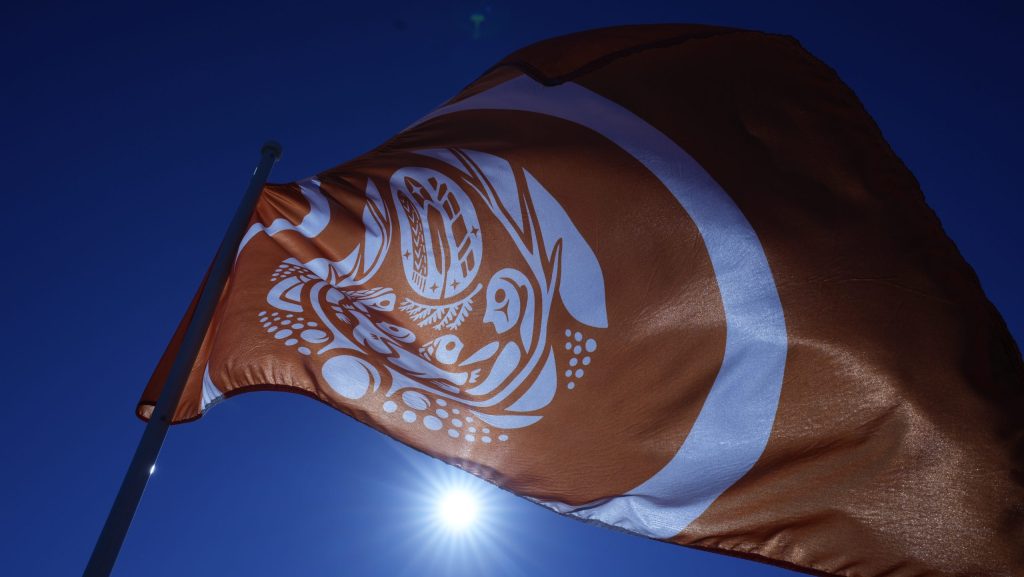Indigenous tourism booming across Canada but funding still needed

Over the last several decades Indigenous tourism businesses have grown across the country, but funding this year has fallen short, the Indigenous Tourism Association of Canada (ITAC) reports.
According to ITAC it is $3.1 million away from meeting its 2024-2025 target. The organization aims to support Indigenous-owned and operated tourism businesses across Canada by creating partnerships between governments and institutions.
The funding would go towards businesses that focus on telling Indigenous stories, history and culture and allow people across the country, and the world, to explore the communities. Not only do these businesses help local economies, they also are key in reconciliation, Jason Waub-Addick Johnston, secretary of ITAC, told CityNews.
Advertisement
“The growing demand for authentic Indigenous tourism in Canada provides amazing opportunities for Indigenous Peoples to share our cultures with visitors, allowing them to learn more about the history of Turtle Island and contemporary lives of our peoples,” he said in an email. “These opportunities are crucial for dismantling harmful stereotypes and misconceptions, fostering understanding that can positively impact our communities.”
Indigenous tourism is not a new concept, Johnston noted, with a surge of these businesses since the 1980s. In the last two decades, there has been a “dramatic” increase in the number of businesses focused on Indigenous tourism, leading ITAC to expand its funding efforts.
One example of this type of business is from Johnston’s own community, Cape Croker Park, about 2.5 hours north of Waterloo, Ont.
The Anishinaabe Cultural Experiences give guests many opportunities for adventures such as hiking and canoeing, admiring artifacts and sitting around campfires drinking cedar tea and listening to stories.
Advertisement
South of Waterloo Region is the Woodland Cultural Centre, which is a museum located on the property of Canada’s first residential school in Brantford, Ont. The building offers a look to the past showcasing the horrors that Indigenous people endured within its walls. Both virtual and self-guided tours and workshops are available.
In Ottawa, Johnston said there are Indigenous Walks that help people explore social, political and cultural issues through architecture, landscape and monuments.
Only 20 minutes from Parliament Hill can people learn about the sacred Ojibwe Spirit horses, join nature walks, workshops and see traditional performances at Madahoki.
These businesses are in part supported by ITAC and in turn, have a significant economic impact on Canada. In 2019, the industry employed 39,000 workers and 1,900 businesses. It also contributed $1.9 billion to Canada’s GDP, up from $1.5 billion in 2017.
Through additional funding, ITAC was able to invest more than $24.3 million in businesses across Canada between April 2020 and March 2024.
Advertisement
“Despite formalized bids for support from the federal government, funding has varied year to year, and recent fiscal years have seen reduced federal funding,” Johnston said. “While 15 non-Indigenous businesses have signed on to support the Indigenous Tourism Destination Fund, ITAC’s goal was to include 100 non-Indigenous ITDF partners in its inaugural year.”
Why is Indigenous tourism important?
On Sept. 30, many will be reflecting and honouring those who went through the residential school system. National Day for Truth and Reconciliation acknowledges the suffering of Indigenous Peoples in Canada and how generational trauma from colonialism and oppression impact their communities and cultures.
Indigenous tourism allows people to explore the history of the communities by learning from Indigenous people directly. It is a tool, Johnston said, in Canada’s journey toward reconciliation.
“For far too long, government agencies (e.g., Parks Canada) and private tourism companies have appropriated Indigenous stories and histories without our guidance, input, or awareness, erasing our voices and perpetuating harmful stereotypes,” he said. “This Eurocentric lens not only diminishes the richness and diversity of our cultures but also misleads visitors, leaving them with a distorted and damaging image of Indigenous Peoples.”
One of the ways to correct these errors is for organizations and governments to work with Indigenous people, focusing on truth and facts, even the less savoury parts.
Advertisement
“To work towards true reconciliation, not simply lip-service, Indigenous tourism must be Indigenous-led; Nothing About Us Without Us,” Johnston said.